Blending her Irish charm, storytelling flair, and a love for meaningful rituals, celebrant Julie Muir has seen firsthand how handfasting can transform a wedding ceremony into something truly unforgettable. To kick off Traditions Issue, she unpacks the history of this ancient Celtic practice, shares modern twists couples are loving, and reveals why “tying the knot” might just be the most beautiful part of your day. Also, enjoy the stunning photographs from Lara Hotz and Rogue Photography!
Photography: Rogue Photography | Celebrant: Julie Muir
The first time I ever tied a couple’s hands together during a wedding, I remember thinking, “Well, this is going to look amazing in the photos… if it actually works when they pull their hands apart.” It did, and the couple (and their guests) loved every second of it. That moment was back in 2017, when I was invited to be the celebrant for a real wedding at the Australian Celtic Festival in Glen Innes, NSW.
Since then, I’ve performed many handfasting ceremonies, each one different from the next. And that’s the real beauty of it. Handfasting is as old as it is romantic, endlessly adaptable, and stunning both to watch and to experience.
Whether you have Celtic heritage or simply love the idea of weaving a meaningful, visual ritual into your day, it’s a guaranteed crowd-pleaser, and even better when you understand the meaning behind it.
As an Irish celebrant, handfasting is one of those rituals that lights me up. It’s rich in symbolism, steeped in history, and gives couples that something different they’re so often looking for. So, let’s untangle (pun fully intended) where handfasting comes from, why it’s still around today, and how you can make it work on your wedding day.
Photography: Lara Hotz | Celebrant: Julie Muir
A Quick History Lesson
Handfasting goes way, way back. We’re talking thousands of years, and is most commonly associated with the ancient Celts in Ireland and Scotland.
Back then, a handfasting ceremony wasn’t just a sweet symbolic gesture; it was often the actual marriage. Couples would declare their vows, have their hands bound together, and boom, they were recognised as wed. In some regions, it even served as a “trial marriage” for a year and a day, after which they could decide whether to make it permanent. Talk about an intense dating phase!
The phrase “tying the knot”? Yes, you can thank handfasting for that one. The literal act of binding hands together became so well known as a marriage ritual that it worked its way into everyday language.
While it has strong Celtic and Pagan associations, variations of handfasting pop up in many cultures, from Norse ceremonies to some Hindu and Wiccan traditions. At its heart, it’s about physically joining two people together as a symbol of their unity and commitment.
How It Works in a Modern Ceremony
These days, handfasting is a ceremonial element rather than a legal requirement, but symbolically it packs a punch.
Here’s a typical modern flow:
- The couple joins hands while facing each other, either right hands, both hands, or sometimes clasping forearms, depending on the knot chosen.
- The cords are draped and wrapped. Your celebrant (or a chosen friend/family member) loops them in a specific pattern or simply winds them around.
- Words are spoken. This could be the couple saying their legal vows, some personalised promises or a celebrant/family member explaining the symbolism. A poem works beautifully here too.
- The knot is tied. Literally (sometimes by the celebrant and sometimes by the couple themselves).
- The hands are released with the knot still intact as a keepsake.
Photography: Lara Hotz | Celebrant: Julie Muir
The Actual Knot
There are heaps of ways to “tie the knot.” Reef, fisherman’s, bowline, slip, and my personal favourite, the infinity knot, to name just a few.
Some are super simple, others more intricate and ceremonial. Most celebrants, myself included, have a few go-to knots up our sleeves. However, if you’ve seen something specific online (hello, swoony Pinterest photos), definitely chat with your celebrant ahead of time. We’re good, but we’re not mind-readers, and we might need a bit of practice to master your preferred variation if it’s not one we usually use.
Photography: Rogue Photography | Celebrant: Julie Muir
Cord Type
Back in the day, couples used whatever they had lying around such as vines, scarves, even strips of fabric from their own clothing. Romantic and resourceful! These days, anything goes… well, almost anything. I once had a groom turn up with rope from Bunnings that looked more “kidnapping” than “sacred union.”
If you’re looking for something special, there are plenty of Etsy sellers who make beautiful cords specifically for all types of handfasting. But for a budget-friendly or DIY option, Spotlight is your friend. Think colourful ribbons, soft rope, braided cords, or even curtain tiebacks.
Other Ways to Make It Your Own
One of the best things about handfasting is how easily it adapts to your personalities, your story, and your wedding vibe. Want it to feel ancient and magical? Easy. Prefer a modern, minimal look? Totally doable.
- Play with colours: Match your cords to your wedding palette, birthstones, or symbolic meanings (red for passion, blue for loyalty, green for growth, gold for prosperity).
- Use meaningful materials: Heirloom fabric like lace from your mum’s wedding dress, or tartan from your family clan. Cords can be plaited and even finished with some dangly charms.
- Invite participation: Have parents, siblings, or best friends place the cords and offer a short blessing or words of encouragement.
Photography: Lara Hotz | Celebrant: Julie Muir
Practical Tips for a Smooth Handfasting
- Choose cords of the right length: Around 1–1.5 metres is usually perfect, but ask your celebrant first since the length depends on the knot they’ll do. Too short is fiddly; too long can look silly.
- Tell your photographer: It’s a gorgeous visual moment, so give them a heads-up. They might also want to take photos of the cords before and after the ceremony.
- Practise (if you can): If you’re having an on-site rehearsal with your celebrant, try a run-through. If not, don’t stress, it’s simpler than it looks, and your celebrant will have it down pat. If they are a bit unsure, they are welcome to contact me for advice.
Why Couples Love It
Handfasting is having a moment right now, and not just among the crystal-loving, barefoot-in-the-forest crowd (though we love them too). I think it’s because we’re all craving more ritual and meaning in our celebrations. It’s tactile, visual, and deeply personal. It’s also inclusive. It works for all genders, cultures, and for both religious and non-religious ceremonies. Family members can get involved if you want them to “have a job” during the ceremony.
Plus, it leaves you with a beautiful keepsake as the knotted cord can be framed, placed in a memory box, displayed in your home, or brought out on anniversaries as a reminder of your commitment.
Photography: Rogue Photography | Celebrant: Julie Muir
A Tradition That’s All Yours
Here’s the thing though, you don’t need Irish or Scottish heritage to embrace handfasting. You just need a willingness to create a moment in your ceremony that’s visual, heartfelt, and uniquely yours.
Handfasting has deep roots in Celtic and other Northern European cultures, so most couples don’t need to worry about cultural appropriation. It’s a symbolic ritual that’s been widely embraced and reimagined in modern weddings, regardless of cultural background. Though it’s always a nice touch for your celebrant to acknowledge its origins.
Traditions evolve because people adapt them. They take the bones of something ancient and dress it up in their own style. If the idea of “tying the knot” with your partner makes you smile, then that’s reason enough to do it.
So, next time you’re chatting with your celebrant about ceremony ideas, throw handfasting into the mix. You might just find it’s the moment everyone talks about long after the last slice of cake is gone. Who knows, maybe in a few hundred years, some future couple will be telling their celebrant, “Oh yes, we heard about this tradition from our grandparents… and we’d love to make it part of our day.”
Now that’s a legacy worth tying yourself to.
About the Author: Julie Muir is a warm, witty, and genuine celebrant. Better known across Newcastle and the Hunter as the Irish celebrant (the only one for roughly 1,000km). And yes, some stereotypes hold true – you’ll get the lilting accent, the gift of storytelling, and perhaps even a cheeky shot of whiskey before the ceremony starts. With over a decade of experience, Julie’s mission is simple: to create relaxed, light-hearted, yet deeply meaningful ceremonies that have guests smiling, tearing up, and feeling every emotion in between.


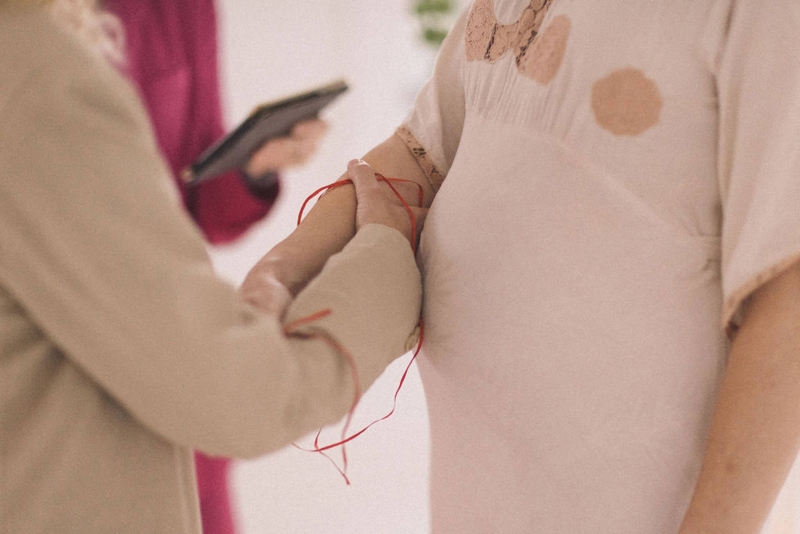

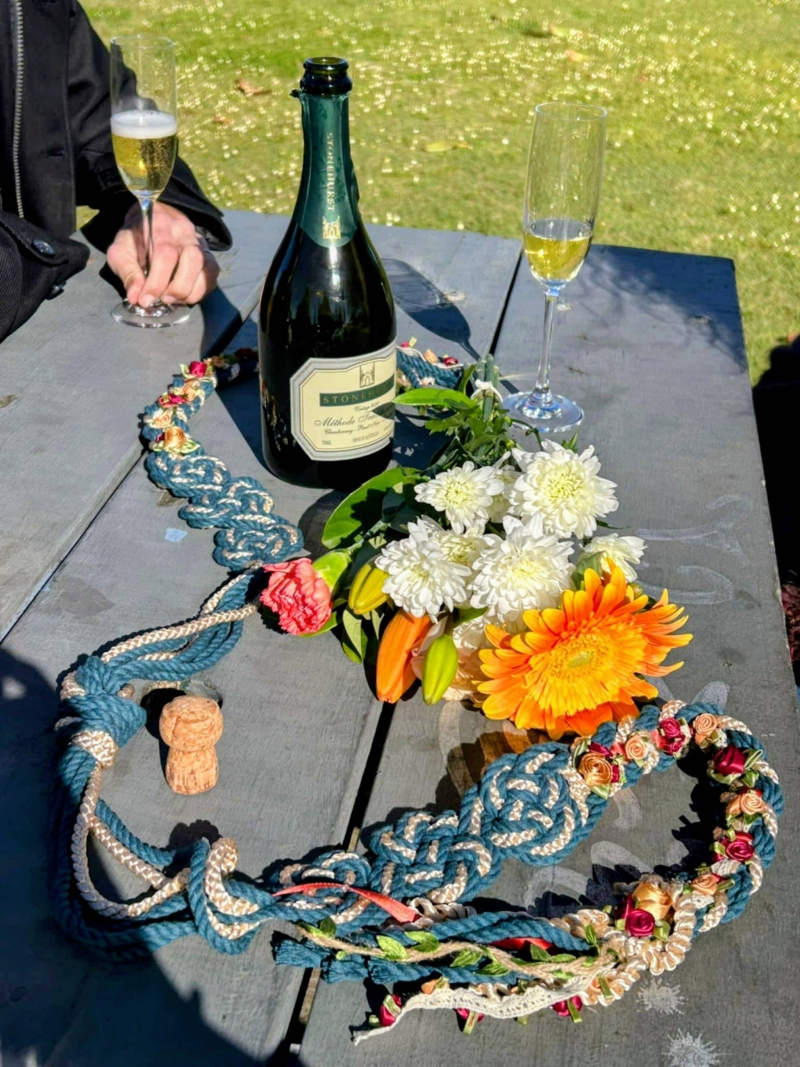
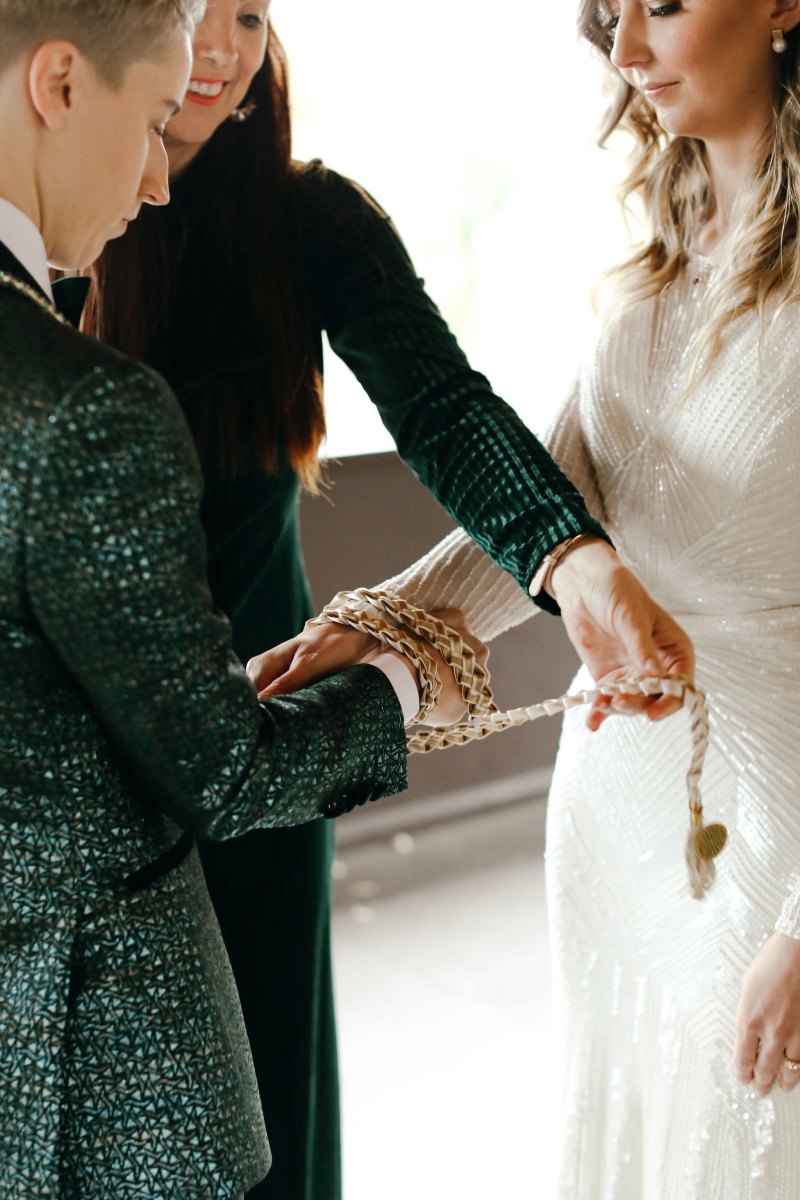

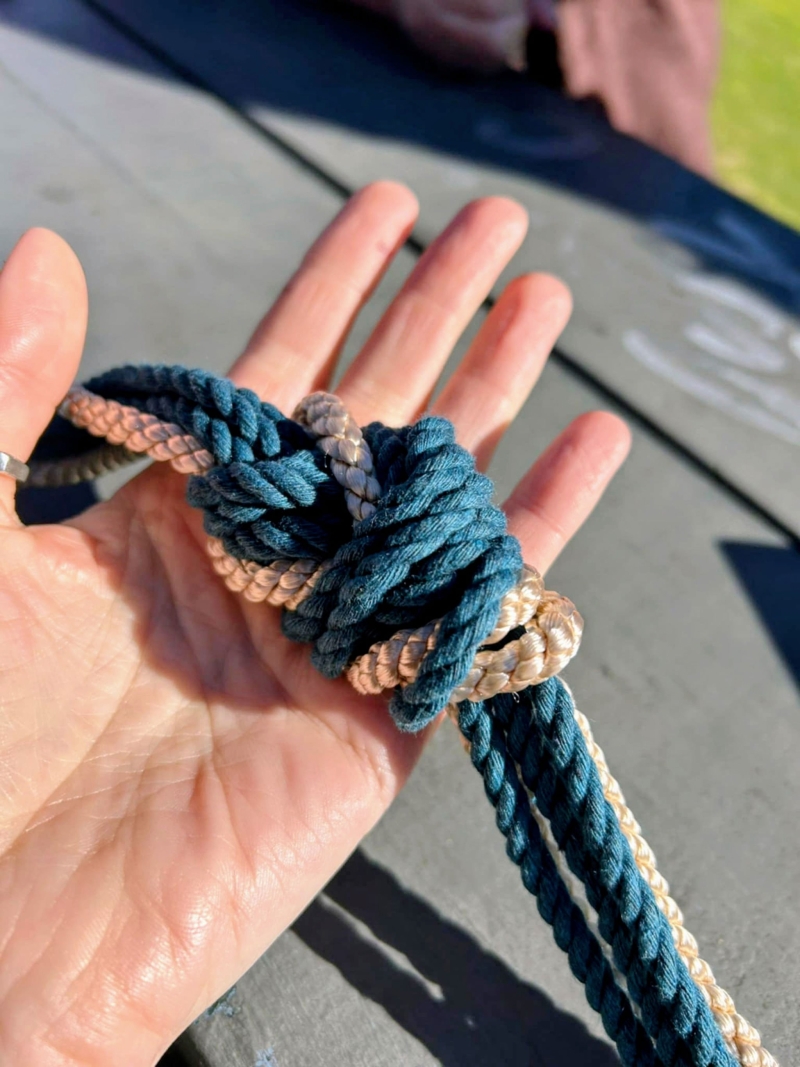

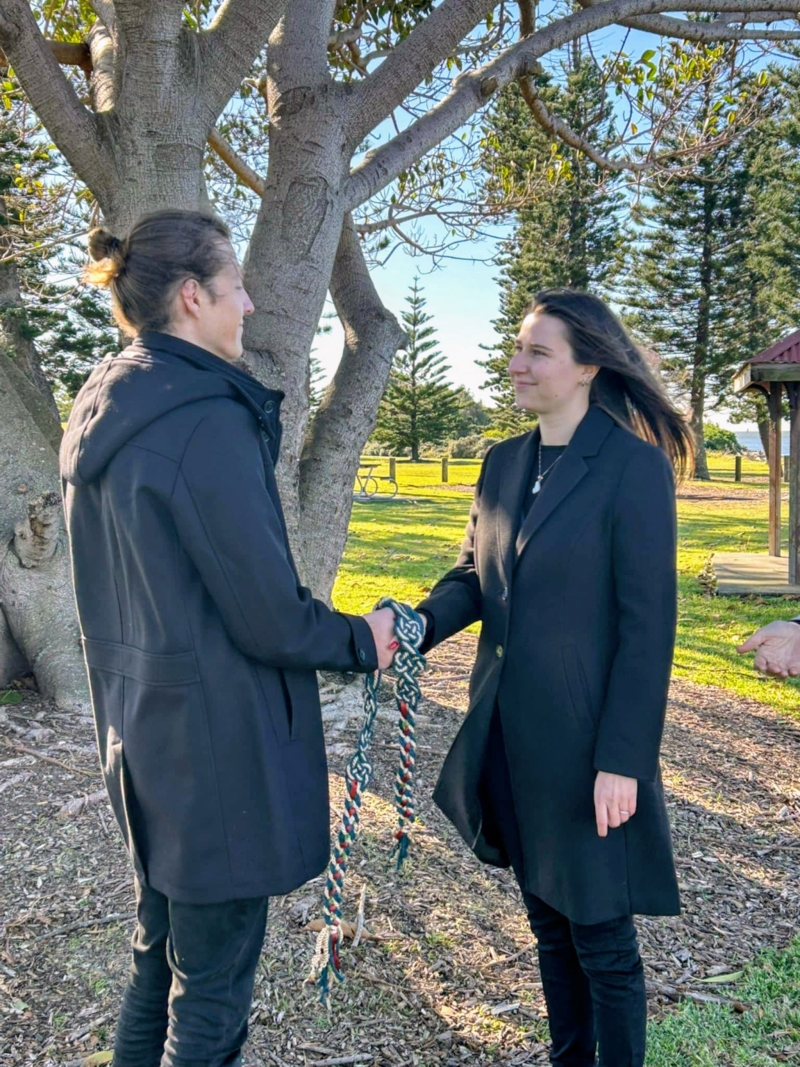
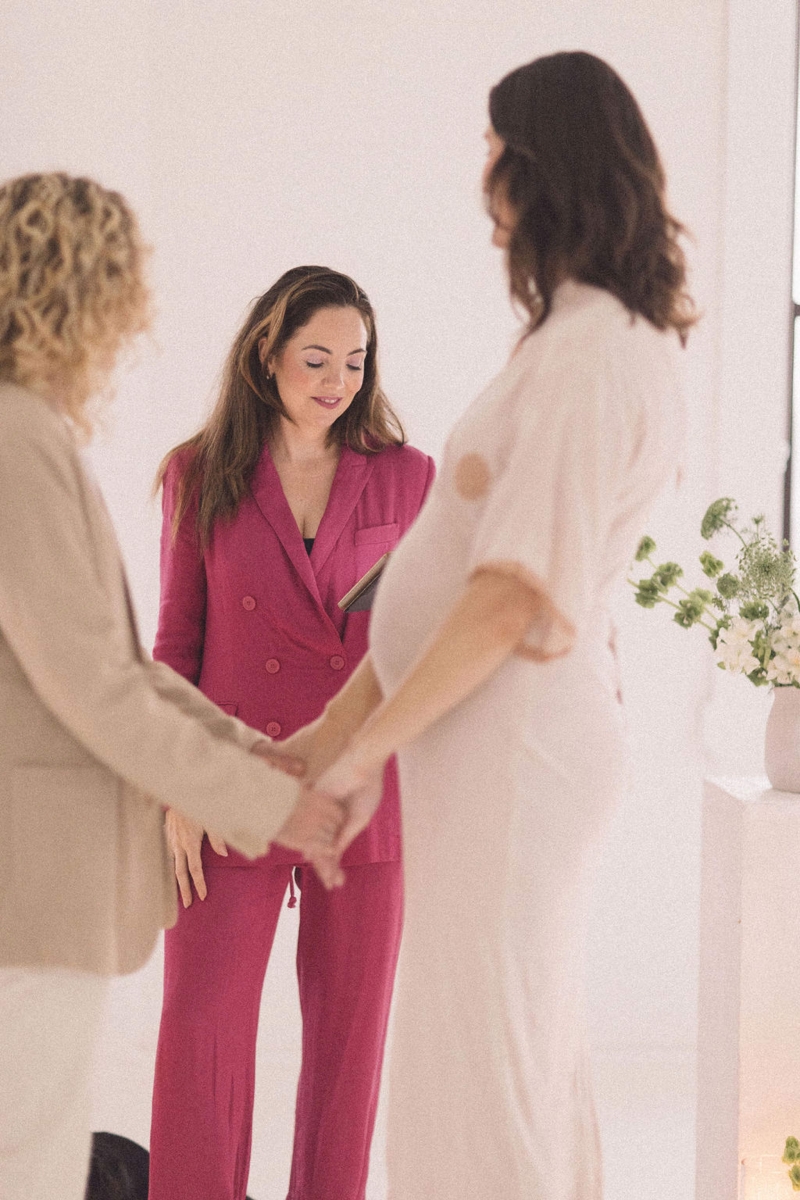
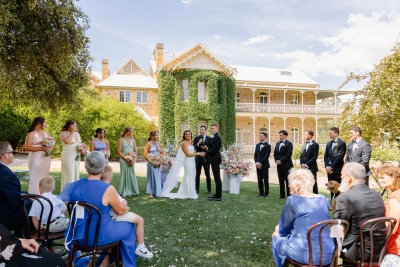
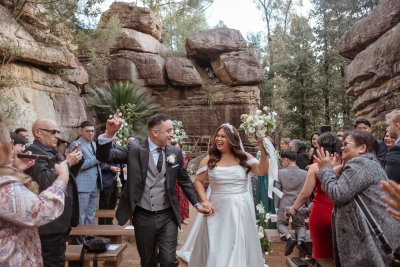
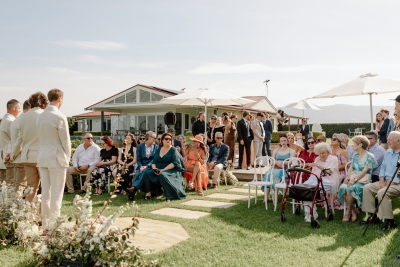

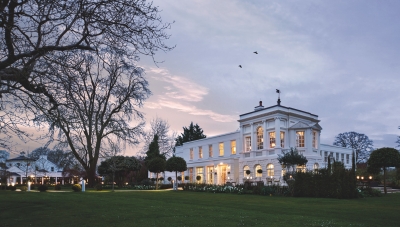



Join the conversation